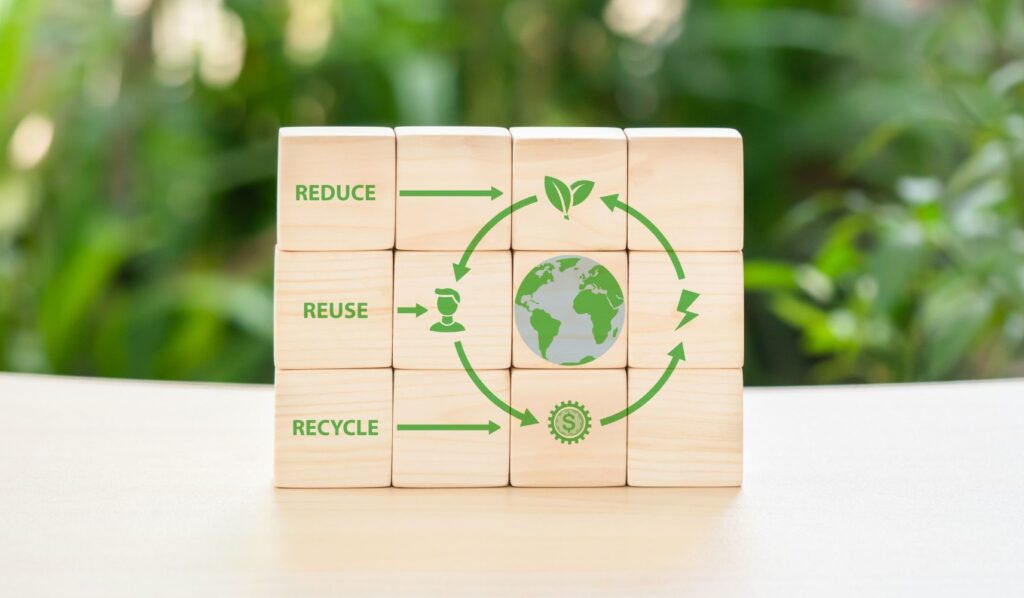Laptops, tablets, smartphones, e-books and smartwatches – electronic devices have become an integral part of our everyday lives and are shaping the technological progress of our time. Not only has our demand for electronic and electrical devices been increasing for more than ten years, but the short lifespan of devices and planned obsolescence are also leading to high material consumption and rising production figures. But how can a sustainable electronics industry be established in the future?
Digitalization, overconsumption and cloud computing
Although technological innovations are progressing, there still seems to be a long way to go before the IT industry is truly sustainable. Extremely powerful smartphones in particular, which everyone carries around with them, consume an enormous amount of resources. The mining of rare earths, gold and silver is usually very costly and harmful to the health of local workers. Production also requires a great deal of energy and is still predominantly based on electricity from coal-fired power plants.
Excessive consumption leads to excessive e-waste, which is shipped abroad from the EU every year and destroys the environment there. In addition to a significant share of global greenhouse gas emissions, for which the IT industry is responsible, there are also social challenges in the extraction of materials and production in the countries of origin.

The huge volumes of photos, videos and other documents on the Internet require virtual storage, which in turn is operated with the help of large, energy-intensive data centers. Many large IT companies still primarily power their clouds with climate-damaging coal or nuclear energy. Although some companies are already making efforts to power their data centers with green energy and improve energy efficiency, the expanding IT sector continues to contribute to climate change and global greenhouse gas emissions.
Sustainable solutions for the electronics industry
Many measures can help to make electronics production and use more sustainable in the future. The introduction of a circular economy can save a great deal of waste and also extend the service life of products, promote reprocessing and improve the collection and recycling of raw materials. The use of resources can also be made much more efficient through the circular economy approach, especially in large data centers.
In addition, products should be manufactured without the use of toxic chemicals and the electricity for production should come from renewable energies. But there should also be a rethink on the part of consumers and entrepreneurs are called upon to take more responsibility for their products and their impact on the environment. When building data centers, large IT companies such as Google, Amazon, Microsoft and Apple should ensure that they can be supplied with clean electricity. In addition, companies should disclose their energy supply more transparently in future.

Longer service life is good for the environment
According to the WWF, the greatest potential for savings lies in extending the service life of appliances. The better the quality of appliances and the longer their useful life, the better they are for our environment. A comprehensive circular economy would not only make ecological sense, but would also bring economic benefits, for example by making many European countries less dependent on material imports in the future.
In order to achieve these sustainable goals, efforts should also be made at a political level to extend the lifespan of electrical appliances. Current examples such as the durability and reparability index and the “right to repair” are already important steps towards a circular electronics and IT industry.
